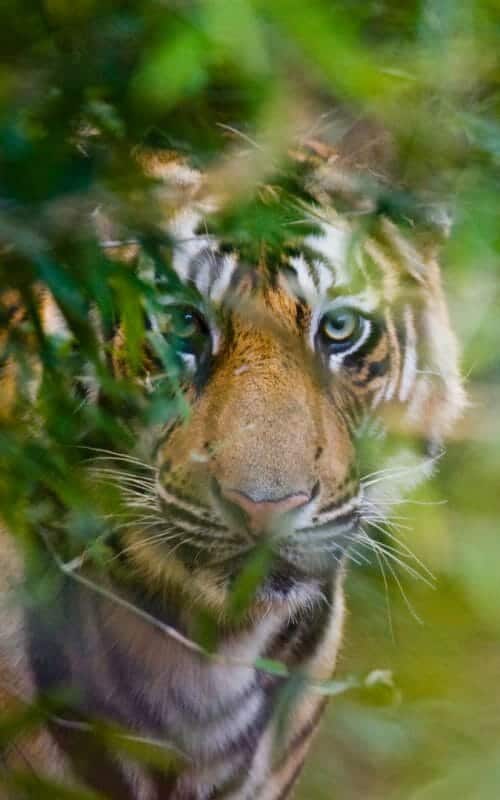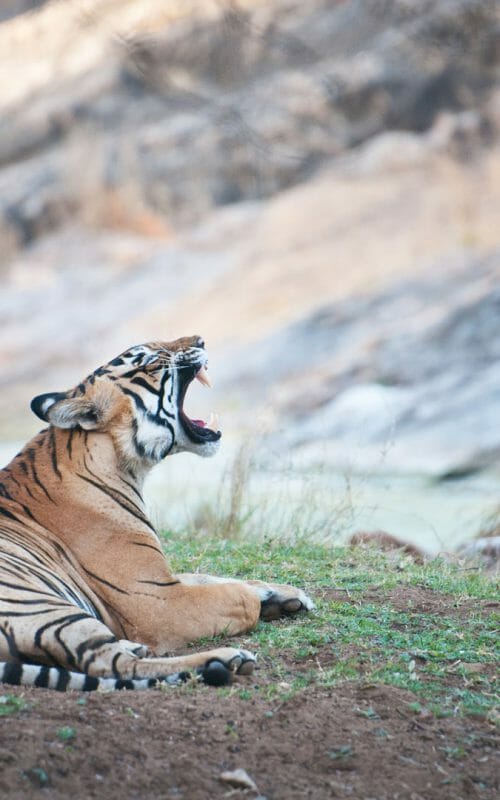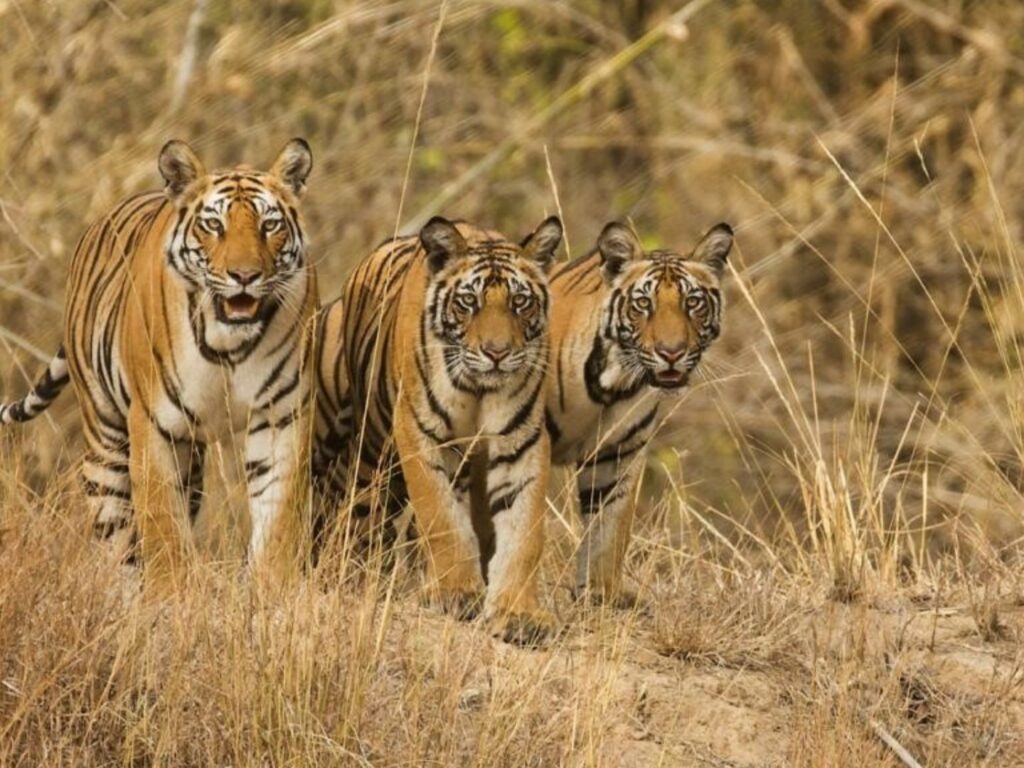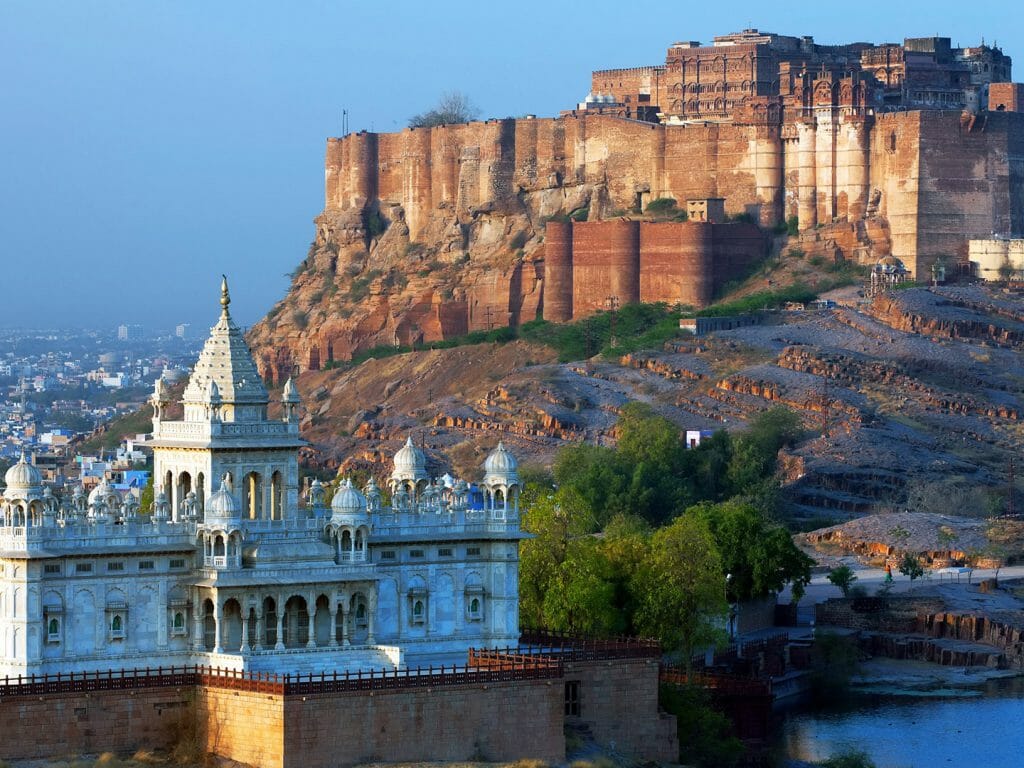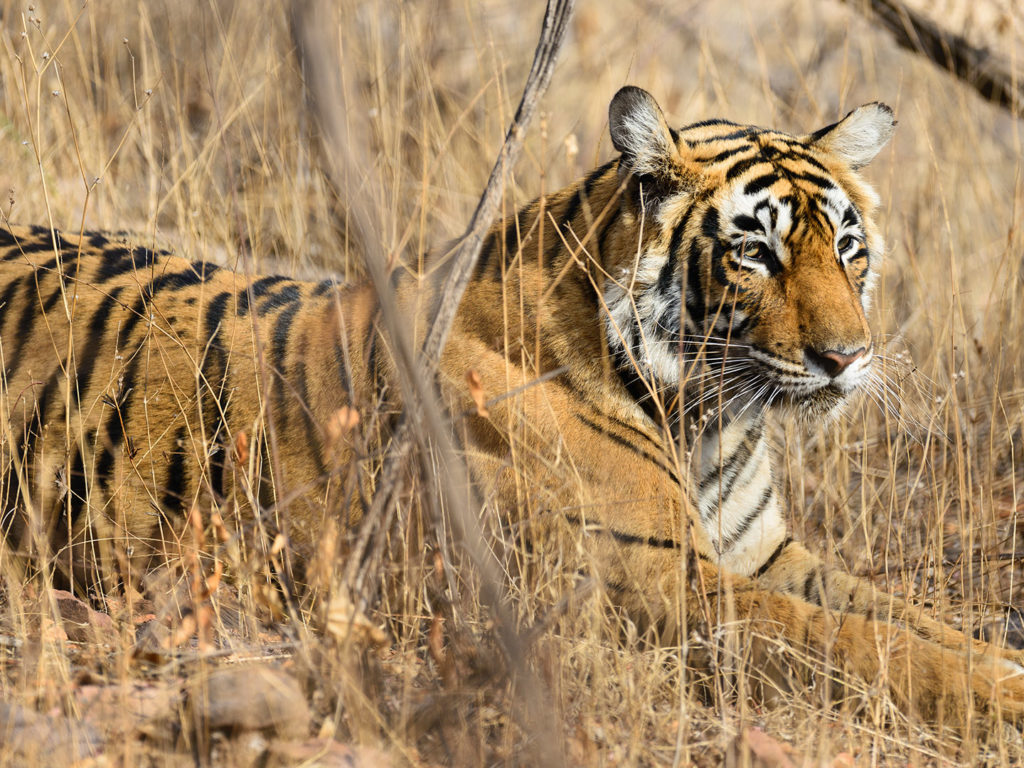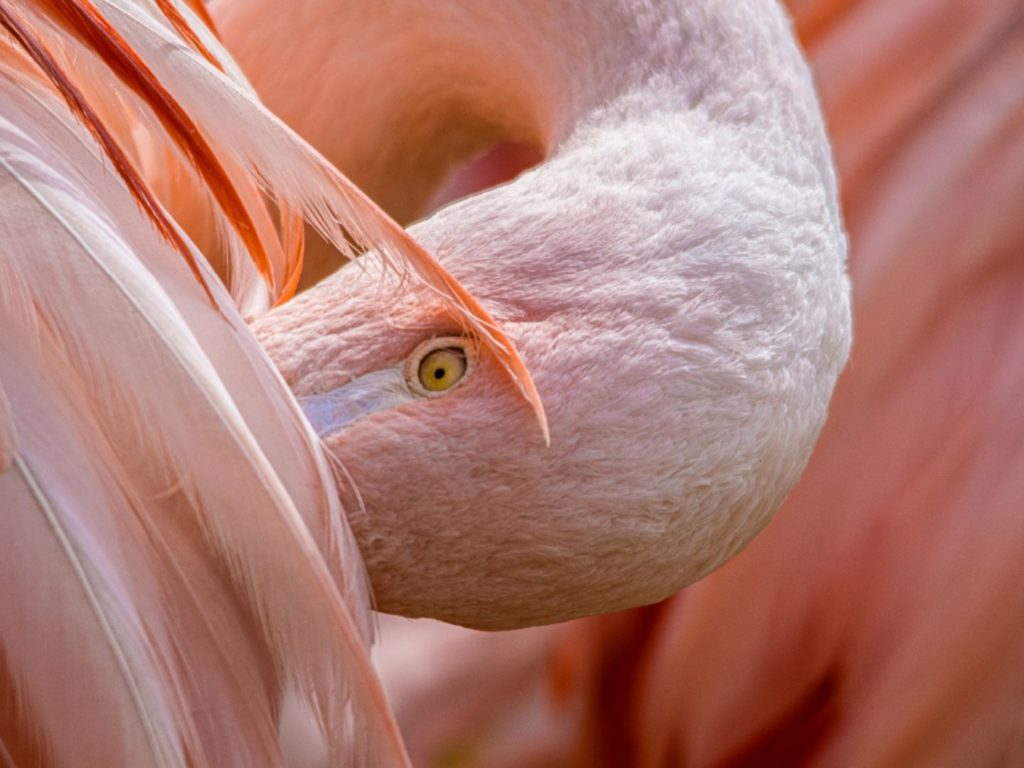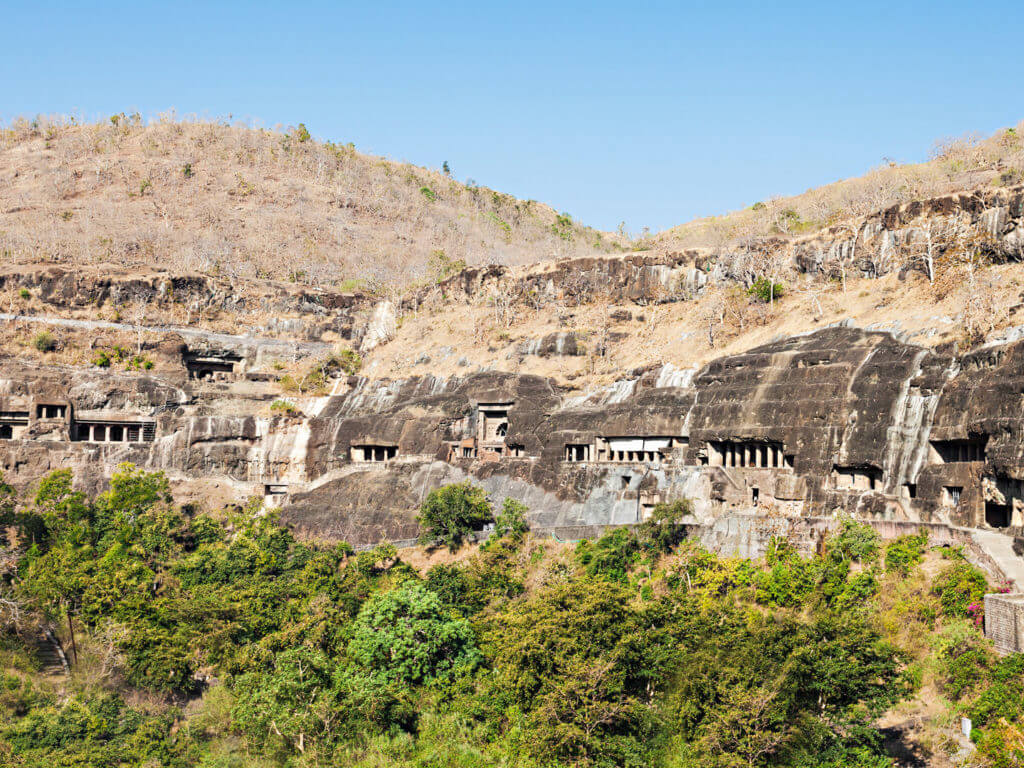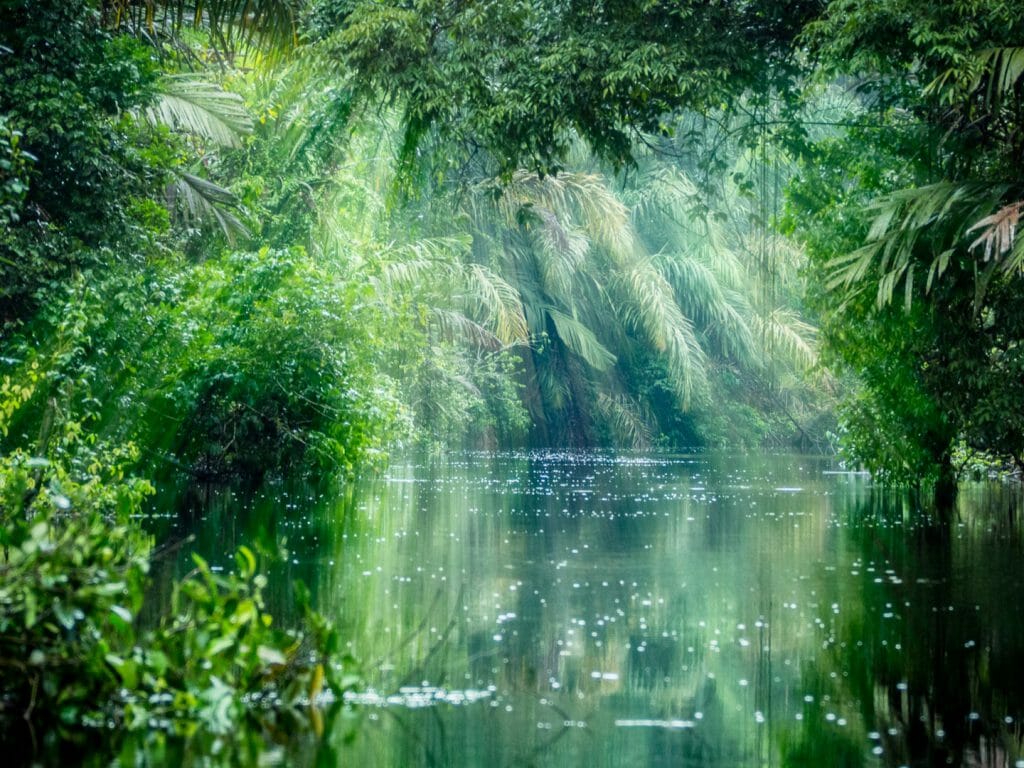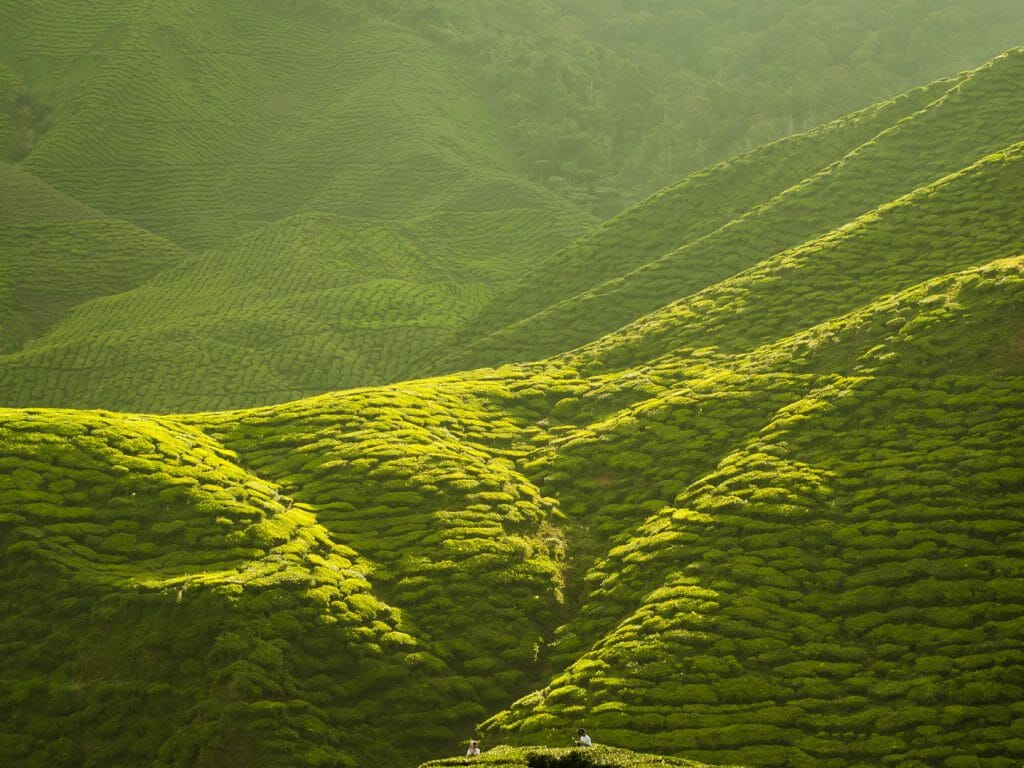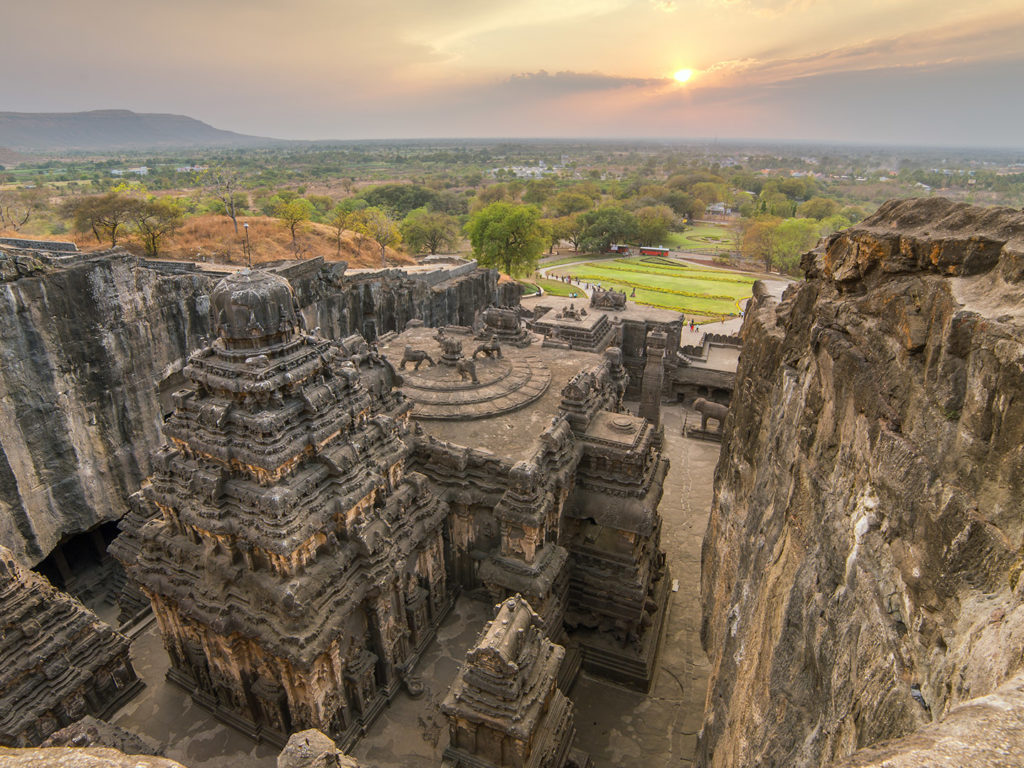As Covid bought an abrupt stop to international tourism, concerns quickly grew over the impact this would have on India’s national parks. It is no coincidence that those parks with the greatest tourist numbers also give sanctuary to the healthiest populations of tigers. Without the eyes and ears of tourism, and critically without the cash tourism generates for the local economy, it was feared that poaching would once again take a foothold in India’s national parks.
This doomsday scenario didn’t unfold. With a population of 1.2 billion, the potential for domestic tourism in India is colossal and as rural lodges turned their marketing focus inwards, Indians from the cities flocked to India’s national parks in their thousands, filling the void unwillingly left by international visitors. What does this now mean for international tourism? It is positive news. The working parts of rural tourism’s infrastructure have been kept moving by domestic visitors and as a result, rural communities near to India’s national parks are seeing tangible benefits (jobs, education and health) thanks to a healthy nature-based tourism economy.
In a country like India, where the habitat of people and wildlife often overlap, it is essential that tourism looks after the needs of community and wildlife in equal measure. Enhancing the economic and social benefits from having wildlife tourism businesses on local community doorsteps is a vital component of conserving biodiversity in India. Our good friend, the conservationist Julian Matthews, refers to this mutualistic relationship as ‘tigernomics’.
A recent report by Travel Operators For Tigers (of which Steppes is a founder member) noted that ‘with the advent of a nature-focused economy, marginal village communities who were once victims of wildlife conflict, are emerging as their greatest advocates…communities are up to seven times better off with nature-based tourism than rural villages without this economic stimuli.’
Below, we have included some positive stories about the animals, parks, communities and lodges that weave together to form the fabric of India’s exhilarating wildlife tourism canvas.
What is happening in India’s National Parks and reserves?
- Bandhavgarh has had an exceptional season for tiger sightings. The park feels like a creche with most tigresses having cubs in tow. Sightings of leopard and sloth have also been good in 2022, while the migration of wild elephants from Chhattisgarh into the park means that bulls and large herds with calves have been seen. While this phenomenon is not uncommon for Bandhavgarh the elephants do not normally hang around for so long. The park authorities have been working with guides and drivers to help them establish a code of conduct for viewing wild elephants in the park and have also been liaising with local communities to mitigate any conflict that may arise with the elephants.
- Satpura has had a great year for sightings of tigers, sloths and leopards and in the buffer zones, the intriguing rusty-spotted cat has been seen on several occasions. Towards the end of the season in April this year, many of the tigresses had cubs so Satpura should be a good bet for tiger sightings this coming season. New walking, boating and cycling activities are being trialled in parts of the park and talk to our experts about combining Satpura with Bori Wildlife Sanctuary for a full day safari across wildlife rich habitat. Our partner in India recently travelled from Reni Pani Lodge in Satpura to Bori Safari Lodge in Bori and saw leopard, sloth and tiger but not another safari vehicle.
- Ranthambore is discontinuing the special half-day and full-day safari permits. Surely not positive news, as anyone who has taken advantage of this privilege will tell you that a full day in the park almost guarantees one sightings of tigers without other vehicles in situ? While it is a shame not to be able to offer our clients this access, we applaud the Rajasthan State Government’s motives for taking this decision. Despite losing valuable income, the reserve was concerned that tigers were not being given any respite from tourist vehicles and as such were potentially becoming stressed. Great to see a long term view being taken here, with animal welfare being prioritised above profit.
What is happening at India’s wildlife lodges?
Reni Pani Lodge in Satpura
One of our favourite Indian lodges now offers a horse-riding safari, the first of its kind in Madhya Pradesh and with Satpura now allowing private boats onto the Tawa Reservoir, the lodge has a brand-new boat on order, ideal for birding or transferring across to Bori Wildlife Sanctuary.
Waghoba Eco Lodge in Tadoba
Renowned for its green credentials and community outreach, this lodge has opened a lakeside hide, perfect for photographers wanting to get memorable shots of birds. Its sister property, Pench Tree Lodge, has also opened a hide in its drive to offer less intrusive, carbon free wildlife excursions. Sitting in a hide and waiting for deer and birds to visit may not have the wow-factor of seeing a tiger on a game drive, but it is a wonderfully peaceful and therapeutic way of appreciating India’s biodiversity.
Rann Riders in the Rann of Kutch, Gujarat
This old property has been given a new lease of life by the team at Kaafila who know a thing or two about how best to provide outstanding wildlife experiences while simultaneously ensuring a positive impact on wildlife, environment and community. The team at Kaafila have introduced a raft of measures to conserve water while also reviewing the hotels waste management strategy. Native flora has been reintroduced to the property and plans are in place to showcase the local community’s skills with textiles. Safaris are guided by local naturalists on the vast salt flats looking for wild ass and a myriad birdlife, walking across the volcanic hill at Murdak or exploring the temple at Wachraj Bet.
What is happening in the world of conservation?
As African cheetahs make their first tentative steps onto Indian soil, conservationists and naturalists cannot agree as to whether this is a positive move for India’s existing biodiversity.
On 17th September, eight cheetahs arrived in Madhya Pradesh’s Kuno National Park having made the journey from Namibia and will soon be joined by other cheetahs from South Africa, to make up a total of 12-14 adults. With the animals arriving on Prime Minister Modi’s birthday and India’s Environment minister quick to point out that the cheetah’s arrival coincides with India “completing 75 glorious years of independence” there are concerns that this project is being motivated more by vanity than conservation. The conservationist, Ravi Chellham writes in his thought-provoking article in the Hindu Magazine:
‘I am convinced that the sites in which cheetahs are introduced will largely end up as glorified fenced safari parks rather than wild landscapes with self-sustaining populations.’
Asiatic cheetahs roamed most of India until 1952 when the last cheetah was hunted to extinction. The idea to repopulate India with cheetahs is not new, but what makes the implementation of this project controversial is the chosen site for the cheetah’s new home on the sub-continent. For almost a decade, Kuno has been earmarked as a location for translocating some of Gir’s Asiatic lion population. Due to bureaucracy and internal politics, the lions have not been moved, despite a consensus amongst conservationists that confining Asiatic lions to a single location in Gir, significantly enhances the risk of diseases like canine distemper wiping out the whole population. The arrival of the cheetahs will likely delay the lion translocation by up to a decade, and while the cheetahs will bring value to threatened savannah ecosystems, surely India’s priority should be to its existing big cats.


